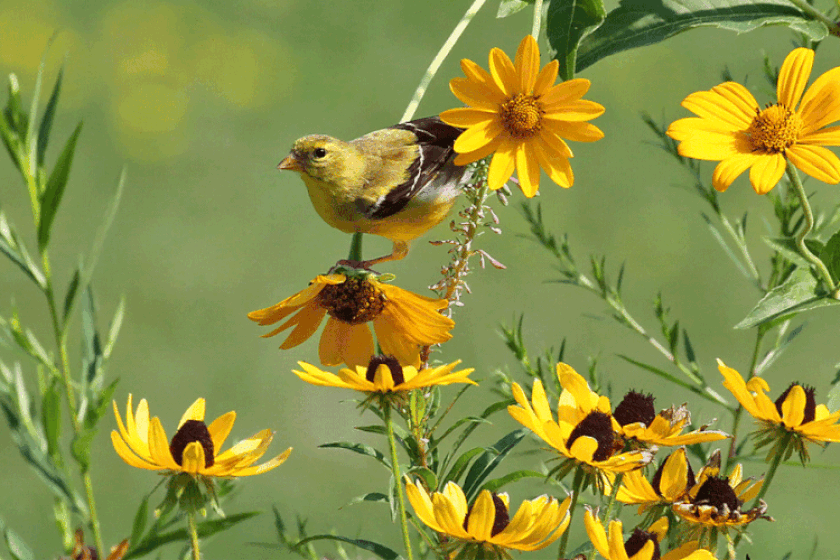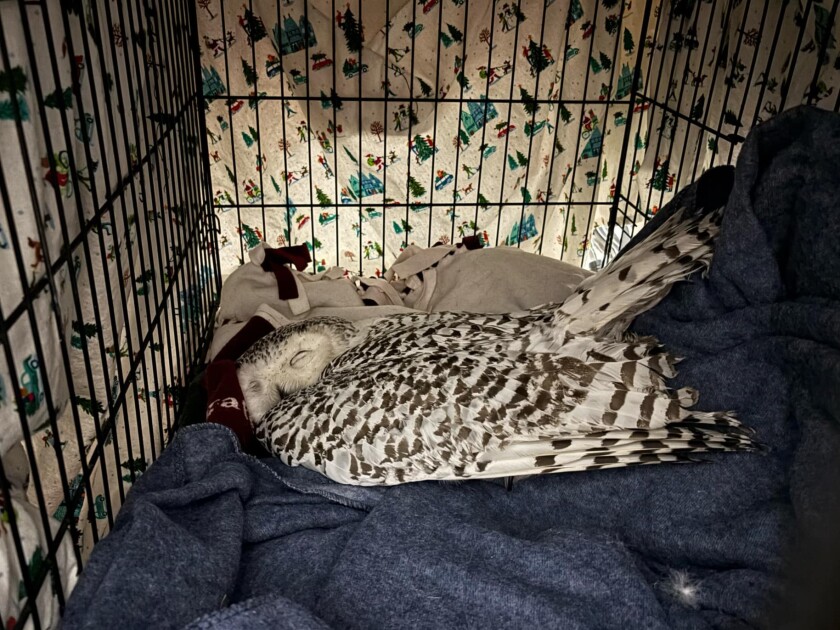MADISON — Sometimes the environmental problems facing humans and other creatures seem so daunting, so overwhelming, that they appear hopeless to solve.
Take the decline in North American birds, for example. About this time each spring Northlanders start seeing our summer resident songbirds return from their wintering grounds. But research shows there are now 30% fewer birds winging north each spring than there were in 1970. That’s 3 billion fewer birds than 50 years ago.
ADVERTISEMENT
Species like the once-common Baltimore oriole are down 44%. Golden-winged warblers are down 68%. Evening grosbeaks are down 90%.
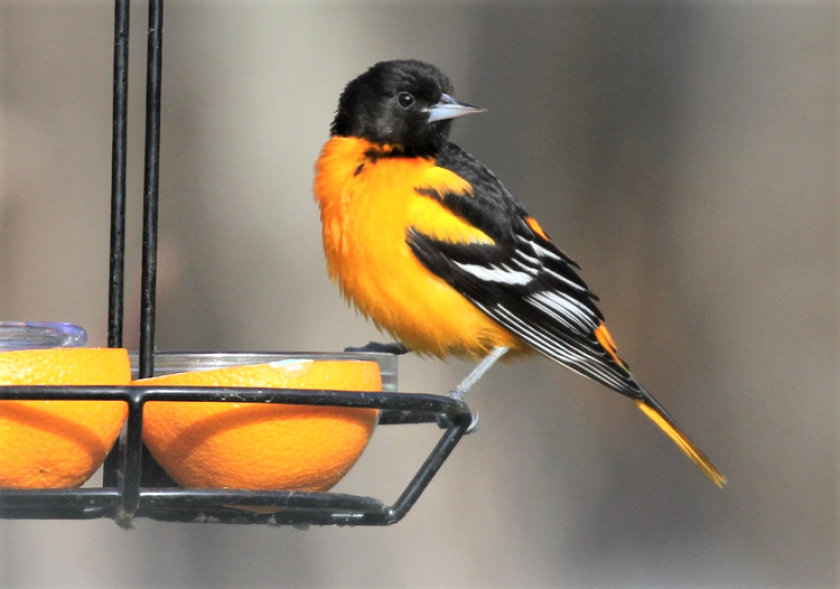
Yet, experts say there are some things almost everyone can do to help birds thrive. And to help stem that loss of birds, the Natural Resources Foundation of Wisconsin and Wisconsin Bird Conservation Partnership this month are starting a new campaign, , to spur more people to take three actions at home that help birds.
“Our songbirds are in crisis, in Wisconsin and everywhere,” said David Cutler, executive director of the Natural Resources Foundation. “The pleasure we get from seeing and hearing them will be lost if we don’t act now. The other mental health, economic and environmental benefits that we get from birds will go away, too.”
Lisa Gaumnitz, SOS Save Our Songbirds coordinator, said experts have always presented options for people to pitch in — everything from keeping cats indoors to turning off office lights at night. But by simplifying and shortening the list, the new effort aims to get more people involved.
“We're all busy. We all have hectic lives. But many of us want to help stop this bird loss, and here are three relatively easy things we can do that really will make a real difference,” Gaumnitz told the News Tribune.
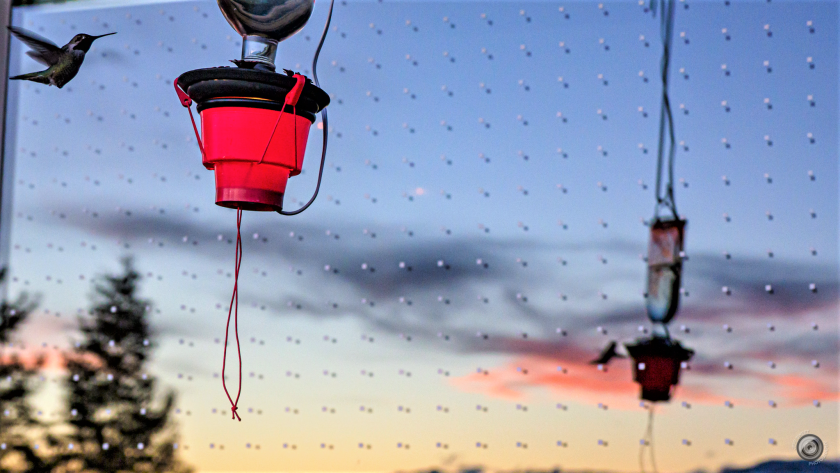
The SOS Save Our Songbirds campaign calls on Wisconsinites to:
- Add native plants to yards that are good for birds, especially plants that support insects. Some 96% of birds use insects at some point, especially to feed their young.
- Reduce window threats by addressing one problem window for birds. If your windows don't have exterior screens, applying tape, paint or decals so birds notice windows as a solid object.
- Buy coffee grown in bird-friendly ways to protect their winter habitats. Industrial coffee plantations often destroy native habitat to expand coffee production. But many growers now use bird-friendly practices.
“There are, of course, many more things we can do to help birds. But these are the three we felt people would be most likely to understand and to take action on,’’ Gaumnitz noted.
ADVERTISEMENT
The need to take action is obvious to anyone who has watched birds for very long. In North America, songbird families like native sparrows, warblers, blackbirds and finches suffered the biggest losses. Wisconsin is experiencing similar trends, with grassland birds like bobolinks and western and eastern meadowlarks, and northern forest birds like evening grosbeaks, Connecticut warblers and Canada jays suffering some of the largest declines.
Connecticut warblers were once regular nesters in northern Wisconsin's jackpine forests. But recent surveys only managed to find three nesting pairs across the entire region. Minnesota is the only other state with a nesting population of Connecticut warblers, which actually don’t nest in Connecticut at all.
People who subscribe to SOS Save Our Songbirds' electronic updates will also receive seasonal discount offers to help them take the three actions, Gaumnitz noted. For more information, go to .
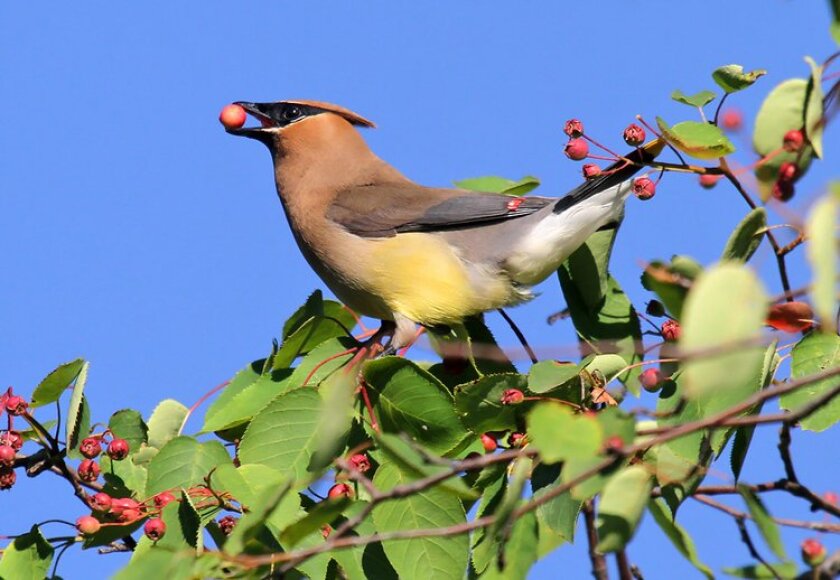
6 native plants to create backyard bird habitat
Pussy willow
- Scientific name: Salix discolor
- Mature size: 6-25 feet tall, 4-15 feet wide
- Why to plant: This native shrub hosts 456 species of caterpillars of butterflies and moths and provides shelter and nesting sites. Its furry flowers appear before leaves do, attracting small insects that provide critical food for early-arriving migratory birds.
- Where to plant: Moist to wet areas where many other species would struggle.
White spruce tree
- Scientific name: Picea glauca
- Mature size: 40-60 feet; 15-foot spread.
- Why to plant: Hardy tree works well in cities and as rural windbreaks. Provides nesting sites, shelter and food for birds and other wildlife. Crossbills, evening grosbeaks and red-breasted nuthatches enjoy the seeds; grouse, rabbits and deer the foliage.
- Where to plant: White spruce prefers cool, moist soils with good drainage.
Oxeye sunflower
- Scientific name: Heliopsis helianthoides
- Mature size: 3-6 feet
- Why to plant: An early to mid-summer bloomer, this sunflower provides seeds for songbirds and attracts butterflies.
- Where to plant: A good option for clay soils, also grows well in just about any reasonably fertile soil.
Spotted jewelweed
- Scientific name: Impatiens capensis
- Mature size: 2-5 feet tall
- Why to plant: This self-seeding annual flowers in midsummer and continues until frost kills the plant. Hummingbirds, butterflies and bees are attracted to nectar in the bright-orange showy flowers and birds to the insects.
- Where to grow: Moist, shady areas although the plant will grow in all soil types if it receives sufficient moisture.
Serviceberry
- Scientific name: Amelanchier species
- Mature size: Depending on species, ranges from a shrub to a small tree.
- Why to plant: Provide insect food during spring and early to midsummer fruit when few other fruit sources are yet available. Attracts many bird species such as waxwings, flickers, thrushes, vireos, grosbeaks and tanagers.
- Where to grow: Full sun to full shade; does best in lightly moist to moist soils but tolerates sand and clay.
Rough blazing star and prairie blazing star
- Scientific name: Liatris aspera and Liatris pycnostachya
- Mature size: 2-3 feet for Rough Blazing Star; 3-5 feet tall for Prairie Blazing Star.
- Why to plant: These are easy to grow and will attract hummingbirds, butterflies, bees and other pollinators seeking nectar. In turn, birds are attracted to the insects and eat the seeds in fall.
- Where to grow: Rough Blazing Star grows best in full sun in dry to medium soils and Prairie Blazing Star needs full sun and grows well in moist soils and clay.
Options on where to buy bird-friendly plants
Ask your local nursery if they carry native wildflowers and plants to create bird habitat. If not here are some regional options:
Prairie Restorations, Inc., 'Boreal Natives'
Greenhouse seedling plants, trees, and shrubs for woodland, wetland and shoreline restoration projects throughout northern Minnesota, Wisconsin and Michigan. 3943 Munger Shaw Road, Cloquet; 218-729-9044; info@prairieresto.com ; .
ADVERTISEMENT
Wildflower Woods
Variety of native flowers, grasses and sedges. Wholesale and retail orders may be placed online, with pickup at its nursery. Also sells plants at multiple local events and farmers markets throughout the growing season. 75415 Church Corner Road, Washburn; 715-292-2621; info@wildflower-woods.com ; .
Lupine Gardens
Chemical-free native plant nursery that sells both plants and seeds. Currently, all retail sales are by mail order only. 961 Johnson, Drive, New Richmond, Wisconsin; 715-716-1545; lupinegardens@yahoo.com ; .
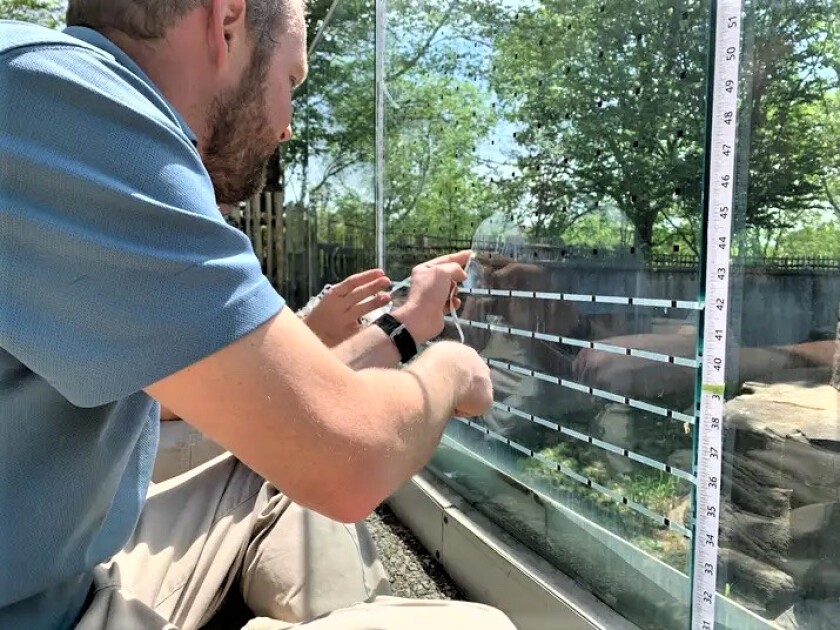
Help birds avoid windows
Exterior screens: One of the best solutions to help prevent birds from colliding with glass windows are exterior screens that birds recognize and avoid.
Marking problem windows for bird collisions with paint, tape or decals can help birds recognize glass as a solid object to avoid. Dots or lines are often used, spaced 2 inches apart, to delineate windows.
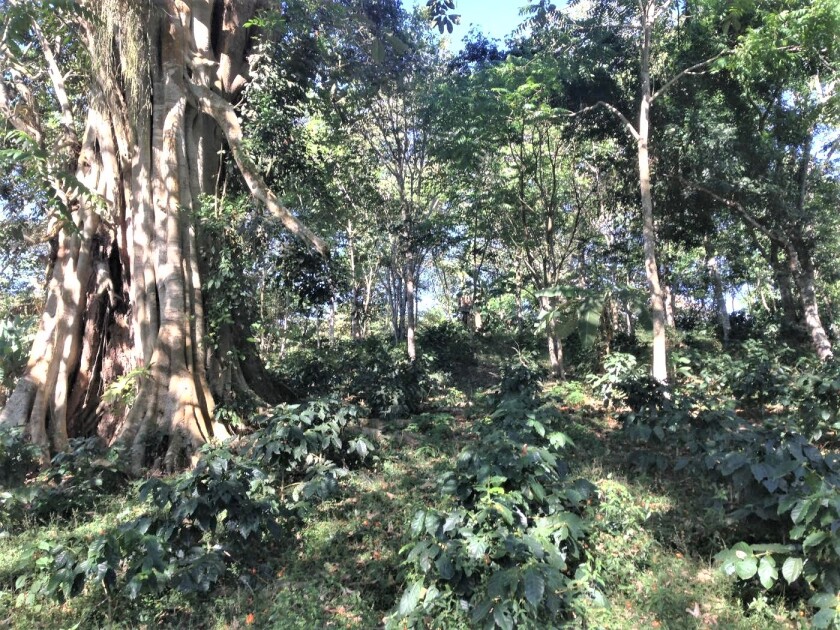
Drink 'bird-friendly' coffee
Ask your local retailer or barista if they stock certified bird-friendly coffee. If not, the Smithsonian Institute has a list of 139 brands of bird-friendly coffee available to buy online. Go to .
ADVERTISEMENT
Two-thirds of U.S. adults drink coffee daily, yet don’t know that most coffee is grown in ways that destroy bird habitats. Vast swaths of forest have been cleared in coffee-growing areas in Central and South Americas, where many Northland songbirds spend their winters. Coffee that’s grown under a shade canopy of native trees helps save forests for bird habitat.

